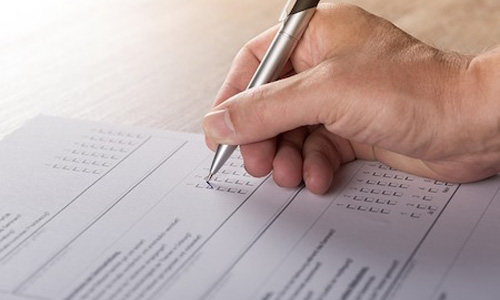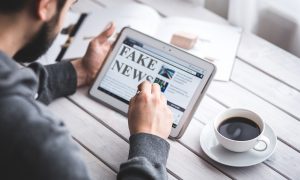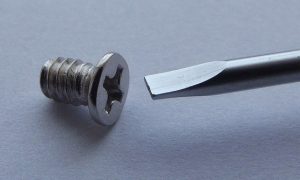You’ve probably noticed that PR departments and agencies often try to make their pitches seem like authentic news. To that end, many will toss in statistics and other numbers.
In marketing, this is called verisimilitude, or the appearance of being real. It’s why advertisements might use a precise number, instead of a rounded figure, to convey authenticity. A retailer that says it is selling a product for $16.13 less than a competitor’s price, rather than rounding that down to $16, taps into a belief that the more details you provide, the more truthful you are being.
Here are three steps to keep ahead of the masters of manipulation.
1. Ask for the study
Unless you know the source of the statistic, you can’t tell if it’s genuine or not. The company providing the statistic should be able to reference it or give you a link to the original study. If it can’t, you can likely disregard most everything else in the pitch or press release. If the source is a publication, you need to find out who or what provided the original data. Years ago I wrote an entire article on the false assumption in the world of tech media that 14 percent of all laptops were stolen. It turned out that not even the FBI or the insurance industry tracked that particular category of theft. The number was nonsense.
2. Look at the methodology and interpretation
Studies don’t matter unless they’re conducted in a scientific way. Always check the methodology, particularly how the study’s authors recruited respondents. I’ve seen many companies issue numbers regarding consumer behavior or preferences, only to learn that they had limited the poll to their own customers. Unless you are talking about their customers, that’s not a valid sampling. Also, see if the way the number is presented is consistent with the way the study authors presented it. Taking one number out of context can make it appear to be something that it isn’t. For example, a statistic from a study could claim that the average person was willing to spend $1,000 on a new smartphone. But if the respondent demographics show the bulk of people were all high net worth individuals, you’d question whether the finding was valid in a more economically representational group.
3. Beware of old data
Although this isn’t always possible, you want fairly recent data. I try to keep to a one-year window. Society and business change constantly, and last year’s numbers may not reflect the current reality. In some cases, as with certain types of population surveys or government analyses (the U.S. census, for example, conducted every 10 years), the most recent information may be from data that is a few years old. If there aren’t better options, at least note the age of the survey.
The overall rule is to take time enough to look carefully. You don’t want to be spoon-fed verisimilitude chosen to sway your judgment.











